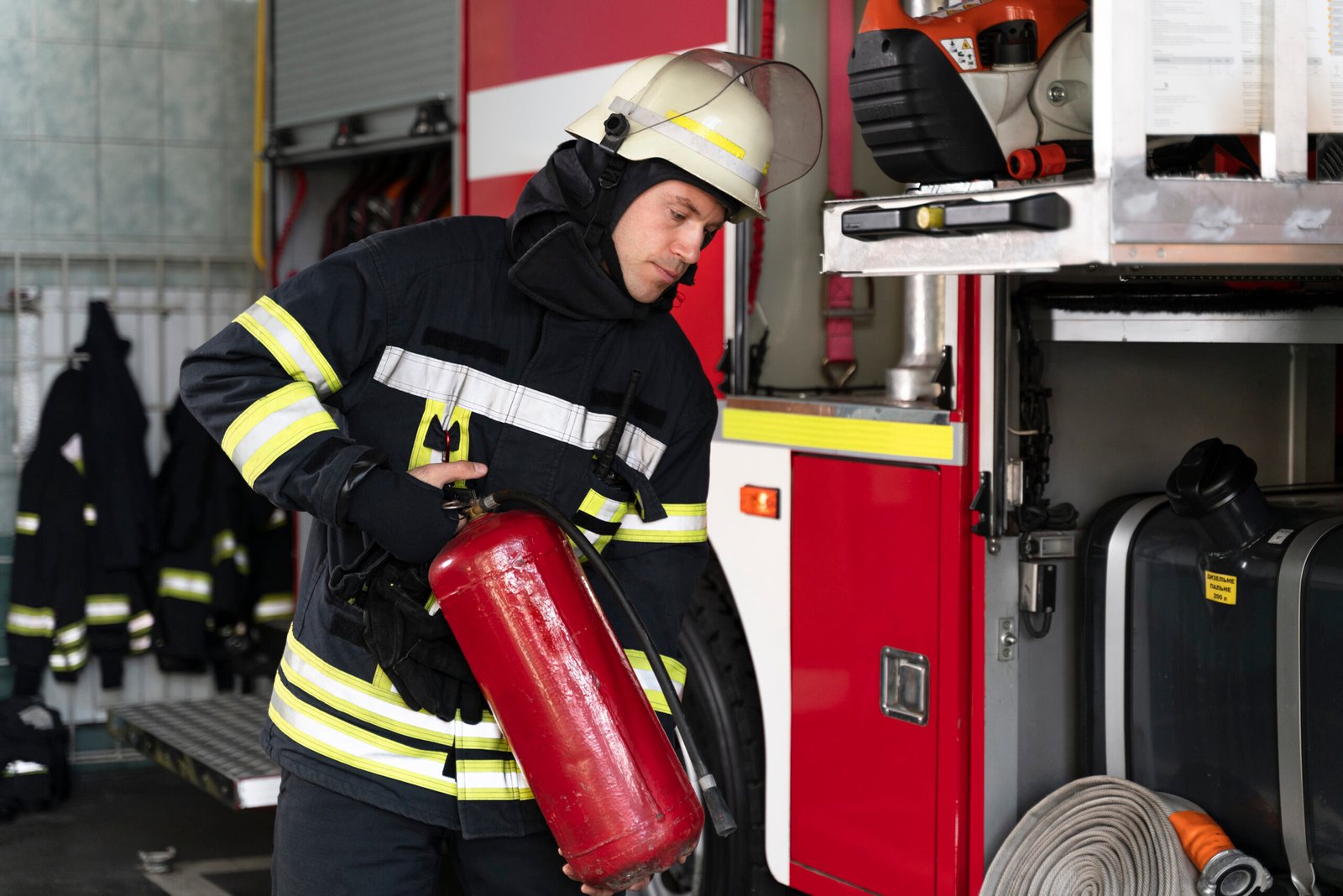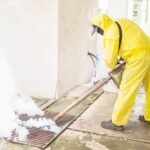Discharging a fire extinguisher involves using the right kind of extinguisher because the difference between controlling early-stage fire and facing a major disaster depends on it. However, they are important to understand that not all fires are alike, and using a type of extinguisher that should not be used can actually worsen the situation. After understanding the general classification of fire extinguishers and the factors that determine the type of extinguisher required in your business, this guide will help to go over the various modern types of fire extinguishers available With such information you can safeguard your team, your property, and also be at par in cases of non-compliance with the fire safety laws.
Why are there different fire extinguishers?
Fires are classified according to the content that is being burned, and each fire class has its own best way of being put out. Fires can be put out with the wrong extinguisher or can even be worsened by a wrong choice of extinguisher.
UK Fire Classifications:
Class A: Structural fires like in wooden structures, paper, fabric; and combustible fires with substances like furniture, beds, electric appliances, vehicles, buses, etc.
Class B: Fire incidences that happen to involve flammable liquids like petrol or oils.
Class C: Explosive fires in which the fuel is gases, especially of a combustible nature like propane gas.
Class D: Fires in fuel-based industries where we find flammable metals like magnesium and lithium.
Class F: Burns from the use of oils or fats in cooking.
Electrical Fires: Electricity: electrical equipment fires for which special procedures must be followed to avoid electrical risks.
Ignorance of these fire classes is important in identifying the right type of fire extinguisher to use in the event of a fire outbreak.
Types of Fire ExtinguishersWater Fire Extinguishers
Suitable for: Class A fires where materials are solid combustibles such as paper or wood.
How it works: Reduces the temperature of the fires in effort to stop them from burning.
Limitations: Does not operate on electrical fires and fires that involve flammable liquid.
Foam Extinguishers
Suitable for: Class A and Bfires(fires involving solid combustible and flammable liquids respectively)
How it works: Foam can be says that it is an insulating layer that seals off the oxygen which the fire requires.
Limitations: Ineffective on flammable gas or electrical fire.
CO2 Extinguishers
Suitable for: Class B which involves flammable liquids, and electrical fires.
How it works: They dep Judith H. Wild, Noelle I. Santos, replace the oxygen required by the fire without harming electrical apparatus.
Limitations: Ineffective on Class A – solid combustibles- or on a cooking oil fire.
Dry Powder Extinguishers
Suitable for: Class A, B, and C fires.
How it works: This powder makes a layer formed in between fire and oxygen.
Limitations: Should not be used when the environment is confined because of poor visibility and is poisonous when inhaled.
Wet Chemical Extinguishers
Suitable for: Four specific types of fire are; Class F fires which involve cooking oils and fats.
How it works: Plants put out the fire and lay a layer that reduces cthe hances of reignition.
Limitations: May not work for the other types of fire.
Water Mist Extinguishers
Suitable for: LN Class A, B, C, and Electrical fires.
How it works: Fine droplets drench the fire and smother the fire.
Limitations: Extinguish effectively only Class C fires (cooking oils), compared with other classes of fires.
The Specialist extinguishers are also known as Class D extinguishers.
Suitable for: Burns wherein the body has come into contact with metal like magnesium or lithium.
How it works: They are designed solely for use on combustible metal fires.
Ideal for: Among the typical workplaces, special categories are laboratories and industries.
How to Select the Appropriate Fire Extinguisher for Your Workplace
For you to establish which extinguishers should be used on your premises, a fire risk assessment is necessary. For instance, working stations with several electrical appliances will require CO2 extinguishers, and a commercial kitchen will require wet chemical extinguishers.
Midland Fire Security Services. is able to assist you in finding the best fire protection equipment for your needs in the workplace. Call us today for expert advice, and seal any loophole that is missing in your premises.
Check of Fire Extinguishers
Managing fire extinguishers makes certain both they and the employees are prepared if a fire should occur. Key maintenance tips include:
Monthly Checks: Ask for permission to conduct a visual check for signs of damage or blockages.
Annual Servicing: Get it recharged annually to complete the safety requirements as provided by the professional service.
Extended Servicing: It means that such as CO2 extinguishers, a more comprehensive inspection is mandatory every 10 years and others every 5 years.
Their neglect can land you in trouble with UK fire safety laws and also expose your business to higher risks.
Colour Coding of Fire Extinguishers in the UK
Each fire extinguisher in the UK is marked with a colour code for easy identification:
Red: Water
Cream: Foam
Blue: Dry Powder
Black: CO2
Yellow: Wet Chemical
White with Red: Water Mist
You will find that offering training to your team on these colour codes will assist in their rapid deployment in the case of an emergency.







